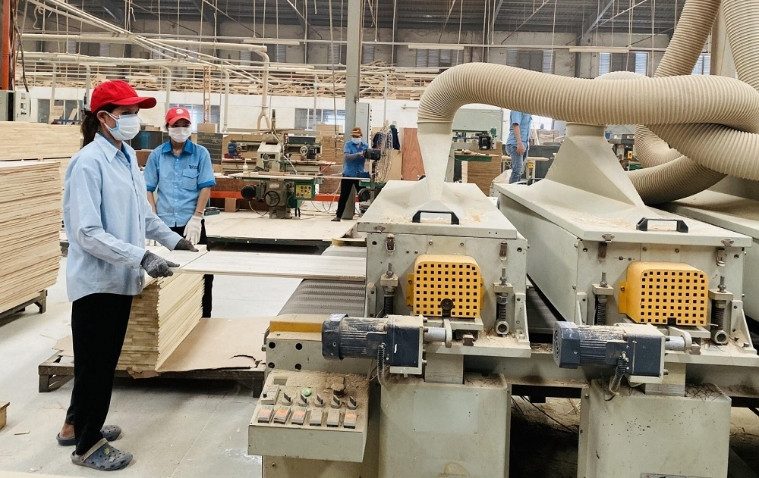
Vietnamese products that have an advantage in manufacturing are in demand in the market.
“The 16 Middle East countries have emerged as potential export markets for Vietnam’s enterprises with a population of 400 million and high living standards,” said Nguyen Tuan, Deputy Director of the HCM City Investment and Trade Promotion Center (ITPC).
According to Tuan, trade in the Middle East grew rapidly after the global economic recession in 2008-2009.
At present, Vietnam mostly has trade relations with GCC (Gulf Cooperation Council) comprising six member countries – UAE, Arab Saudi, Kuwait, Bahrain, Qatar and Oman. The countries have open economies and promote imports and exports.
The GDP per capita of GCC countries is high. Qatar, for example, had GDP per capita of $60,000 in 2021. The figures were $41,000 for UAE, $25,000 for Kuwait and $22,000 for Arab Saudi.
According to Vietnamese Ambassador to Kuwait Ngo Toan Thang, Vietnam’s import and export turnover with GCC has been increasing rapidly in recent years and has seen a sharp rise since 2012.
In 2012, the figure was just $2.7 billion. Meanwhile, in 2021, it was $12.5 billion, which meant an increase of 4.6 times.
The opportunities for Vietnam’s enterprises in the GCC market are open. GCC markets have high purchasing power and high financial capability. And GCC imports products which are the strengths of Vietnam.
Tuan said that countries in the Middle East have high demand for woodwork, plastics, cereal, textiles and garments, footwear, rubber and rubber-made products, meat, dairy products, fruits and vegetables.
Though making products are the strengths of Vietnam, its export of these products to the Middle East is still low, not commensurate with the potential. A report found that these countries import 80 percent of food and foodstuff, worth $40 billion a year. The figure is expected to increase to $70 billion per annum by 2035.
Also, Vietnam’s enterprises need to boost exports to the Middle East because of the low import tariff.
HCM City now exports seafood, vegetables and fruits, coffee, pepper, textiles and garments, computers and electronic parts and phone components to the Middle East.
However, ITPC reported that Vietnam’s enterprises in general and HCM City in particular still have difficulties in accessing the market. This is attributed to a lack of information, logistics barriers, and international payment.
The Middle East has a special business culture and exporters are required to have Halal certificates. Muslims in Middle East countries in particular and around the globe in general only use Halal products.
Tam An